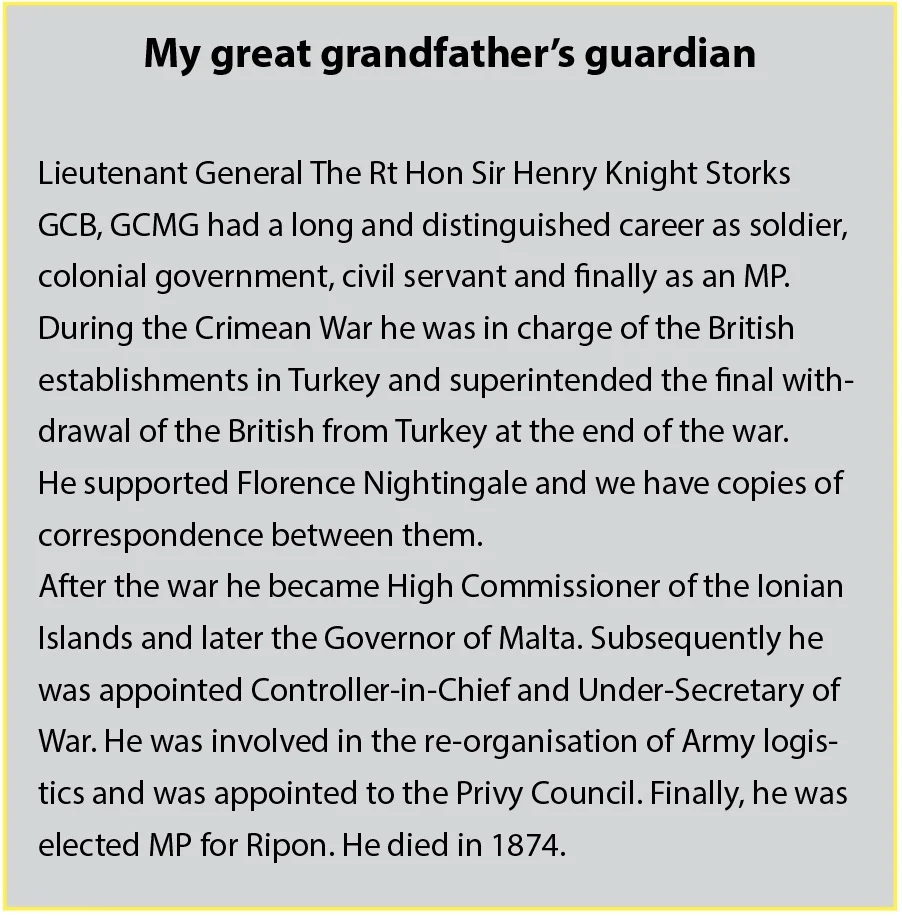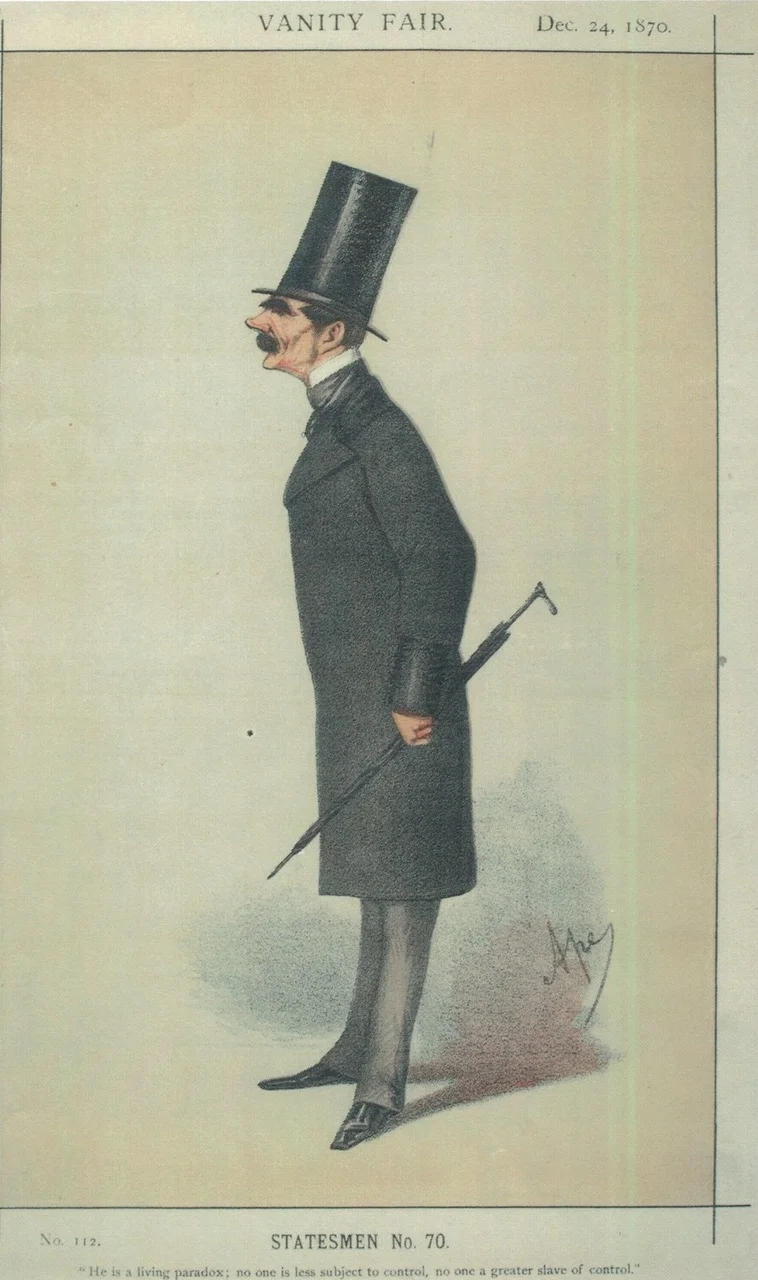MEMOIR
A FAMILY MEMOIR -page 3
Andrew’s health was not good latterly. Having a doctor who was as old as he and not conversant with modern medicine did not help. He developed angina and continued heavy building work at Dduallt. His luck ran out at the age of 71 when he died peacefully in his sleep.
He had a splendid funeral in the beautiful church in Maentwrog in the valley below Dduallt. A piper from the Black Watch territorials played a lament. A granite obelisk marks his grave.
Mollie died in 1991 and her ashes are buried in St Francis of Assisi in Welwyn Garden City where she worshipped throughout her adult life. While I loved her deeply I was not always kind to her, and this I regret greatly.
The Campbell family
The Campbell family had an unruly past. Andrew’s grandfather Charles Campbell was born in 1845. He had a disappointing life according to his diaries which we possess. Charles’s mother, Sarah Rogers, brought him up single-handedly. Sarah Rogers came from Dublin and Charles was born in London. There are numerous stories about Charles’s origin but they are not mentioned in his painful and inhibited diaries. However, the Campbell family told a story of grand origins.
Lord Campbell of St Andrews, who had been Chief Justice in Ireland and was later to become Lord Chancellor of Great Britain in the Melbourne government, met his friend Henry Knight Storks walking down Pall Mall. Storks had served in the Crimea as Superintendent of the British Garrison but now was a Colonel on half pay.
Sarah was allegedly Lord Campbell’s mistress but, as he climbed the political ladder, his relationship with her was becoming an embarrassment. He asked if Henry would ‘take her and Charles on’. He offered in return a colonial governorship which was to prove an important step in Storks’ career.
Henry agreed and took Sarah and Charles under his wing. Later, he and Sarah had a daughter, Sophie, who took on the name of Storks but sometimes used Campbell as her surname. He was initially married to Maria Elisa Adelaide, daughter of Amalia Sola Nizzoli, who wrote in Italian on travels in north Africa before the Risorgimento. When her husband lost his diplomatic post she took her two daughters back to Trieste to wait for him. Her second daughter, Luigia, died on the stormy voyage; her first daughter, Maria, survived and later married Storks. Storks did not marry again after her death.
Henry’s letters to Charles and Sophie written while he was the Governor of Malta, and in our possession, are affectionate but formal.
Sarah and her two children lived in some style in Holland Park. A family album (now in the British Library) includes photographs of Charles and Sophie and also of Sarah captioned as ‘Lady Storks’. There is also one photo of Lord Campbell, stocky and bearded, standing outside his home in Hyde Park.
Storks secured a commission for Charles in the Army Pay Corp. He served in Bermuda and then resigned due to ill health; he described his condition as ‘eruptions’. There was a rift in his relationship with Storks, possibly because of Charles’s marriage to Rose Nathan who was Jewish, and it seems that any allowance he may have received from Storks (or Campbell) ceased. At one point, Charles was reduced to working as a travelling salesman. He was deeply religious, at least in later life. Charles died in 1898 and was survived by Rose and their one son whom they named Henry (Andrew’s father).
Sophie married an army officer and my mother met their son, Colonel Sadler, in the 1930s.
There is really nothing more to say about Charles. But his early life when Storks acted as his guardian must have accustomed the family to a style which later they had much difficulty in sustaining.
We used not to believe Andrew’s tales of past Campbell grandeur but after his death I went through his papers and concluded that much of what he wrote might not have been as fanciful as we first thought. However, much research has failed to confirm the identity of Charles’ father.
My great-grandfather’s guardian, Sir Henry Knight Storks

